
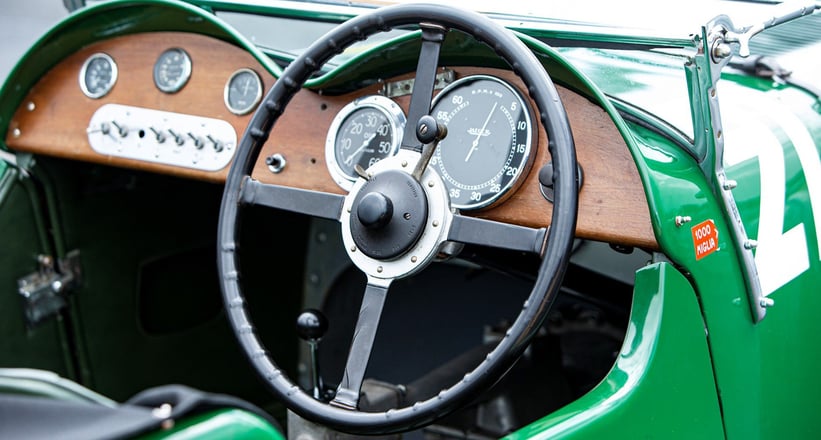

1932 Aston Martin 1.5l / 950,000 – 1.3m euros
This was one of three ‘second series’ works cars entered for Le Mans in 1932, where engineer and Aston Martin board member A.C ‘Bert’ Bertelli and co-driver Patrick Driscoll took it to seventh overall. A week later, it was being blasted up the hill at Shelsley Walsh, before being sold at the end of the season. It then had three further private owners until it was acquired by an Aston enthusiast called Paul Sykes – who kept it for a remarkable 55 years. Fully restored in around 2010, the car took part in the marque’s centenary celebrations and was more recently accepted onto the Registro 1000 Miglia.



1936 Delahaye 135S / 1.5 – 2m euros
This spectacular Delahaye was one of the first two competition versions of the 135S to have been built. The then Portout-bodied car was entered for the 1936 Le Mans, but – with that race being cancelled due to ‘civil unrest’ – it was not until 1938 that it was finally used in anger at La Sarthe. It proved to be a glorious race for Delahaye, with Gaston Serraud and Yves Giraud-Cabantous completing 233 laps in this car to secure second place, and Eugene Chamboud and Jean Tremoulet taking the chequered flag with 235 laps in another 135S. The car on offer was raced extensively in the late 1940s by Charles Pozzi, re-bodied during the 1950s and fully restored to original Le Mans specification in 2005.
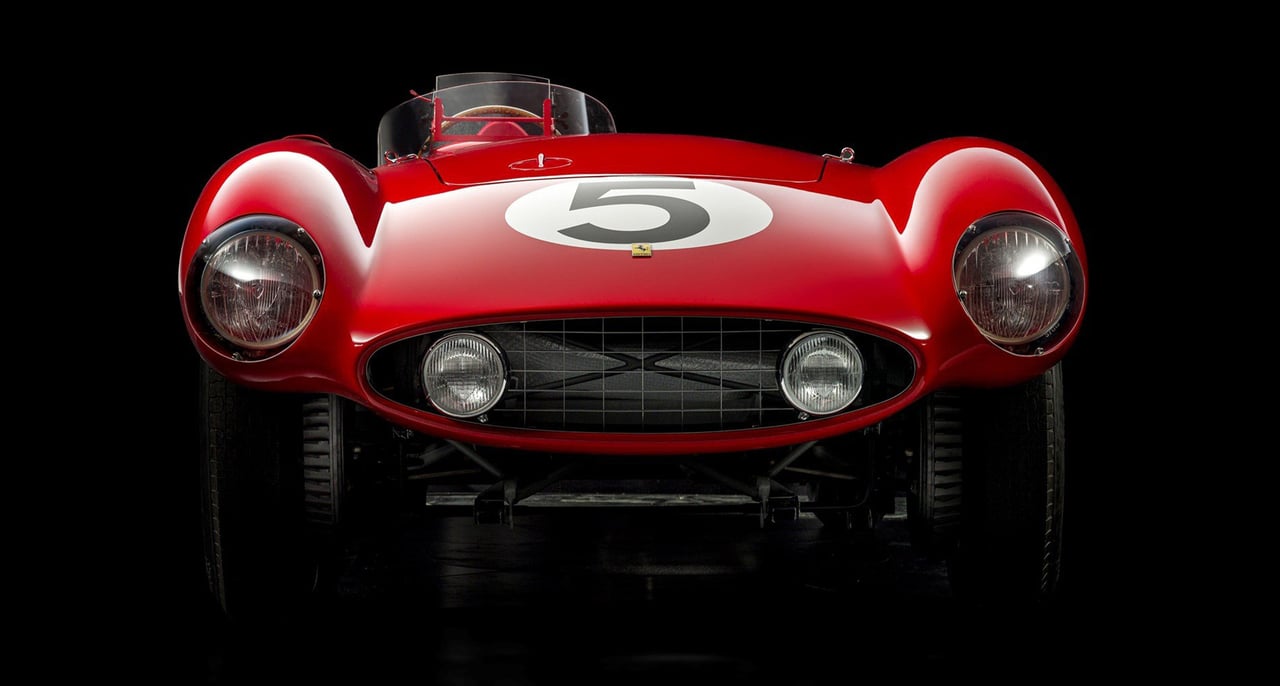
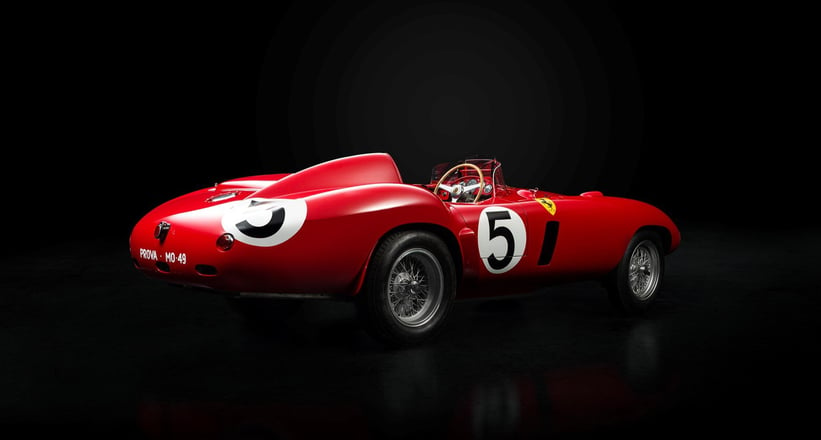
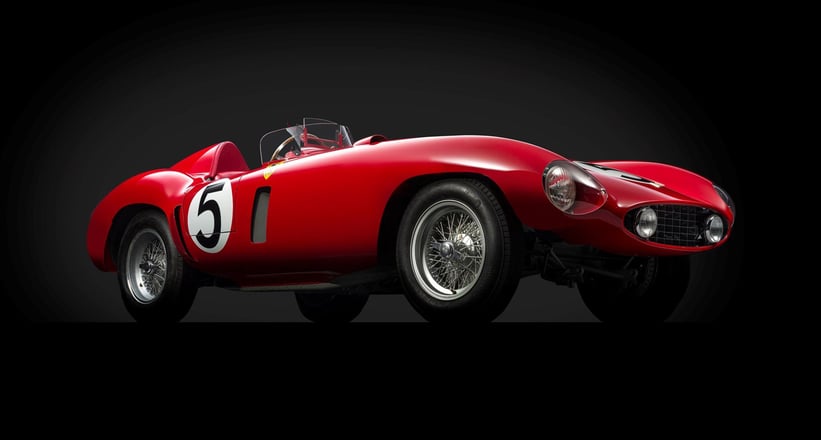
1955 Ferrari 121 LM / 5.5 – 6.5m euros
A significant player in the history of high-end 1950s motor sport, this car began life as the 118LM driven by Piero Taruffi who – were it not for an oil pump failure five hours in – might have easily put paid to Stirling Moss’s celebrated 1955 Mille Miglia win. Upgraded to ‘121’ specification with a larger 4.4-litre engine, it completed 10 hours and 107 laps of that year’s Le Mans before again being forced out with mechanical problems. Its notoriety continued, however, as the car in which Ernie McAfee fatally crashed in the 1956 Del Monte Trophy Race. Later rebuilt, it became a regular fixture at the Pebble Beach Concours during the 1970s – and now appears at RM Sotheby’s following a five-year, nut-and-bolt restoration to original specification by Ferrari Classiche.



1967 Renault Alpine A210 / 1.2 – 1.5m euros
Few veterans of Le Mans come with more impressive form than that of this Renault Alpine A210. It competed in the gruelling event three times between 1967 and 1969, achieving ninth overall and first in class at its inaugural attempt and 14th overall, first in class and first on ‘index of performance’ in 1968. Its final Le Mans campaign was less successful, ending with a blown head gasket after two hours. Rare in its own right – only eight 210s were built – the car ended-up with mechanic, motorcycle racer and magpie collector Gerard ‘La Gombe’ Gombert, who bought it in 1976 and kept it (unrestored) until his death 40 years later. It was sold soon afterwards by auction house Etude Osenat for 710,000 euros, after which it was mechanically refurbished while keeping its wonderful Le Mans patina intact.


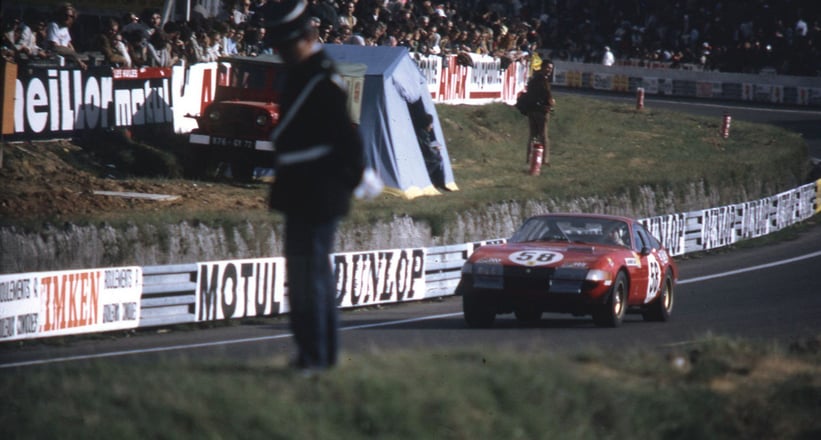
1969 Ferrari 365 GTB/4 / 4.8 – 5.2m euros
This remarkable 365 GTB/4 is as historically significant to Ferrari as it is to Le Mans. Only the third production Daytona to have been built, it served as a factory test and development car for two years before Luigi Chinetti acquired it for his celebrated North American Racing Team (NART) and asked the works to convert it to competition specification. After fitting Plexiglass windows, flaring the wheel arches and adding a front spoiler, roll cage, side pipes and a quick-release fuel cap, the car was sent from Maranello direct to Le Mans – where Bob Grossman and Luigi Chinetti Jnr proceeded to race it to fifth place overall (and achieved a win in the ‘thermal efficiency’ category). Shipped to America, it went on to finish third in class in the Daytona Six Hours. It returned to Europe only a few years ago, and since then the current owner had it restored to full Le Mans specification.

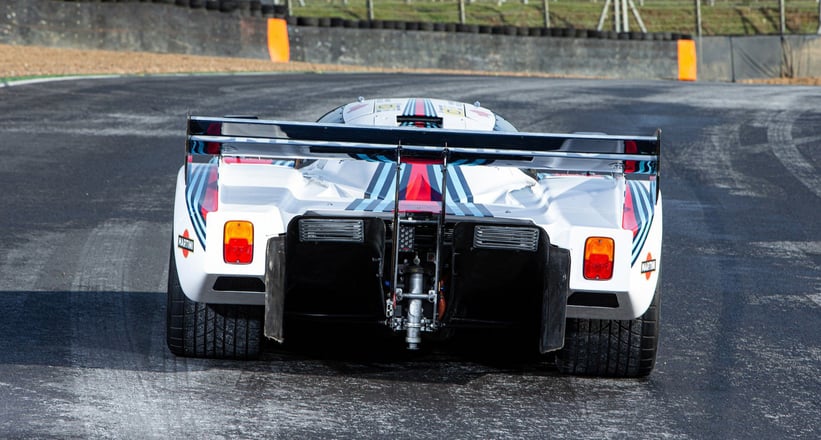

1984 Lancia LC2 / 2.2m – 2.4m euros
Do historic endurance racers come much more evocative than a Group C Lancia in Martini colours? This one, chassis number five of the nine Dallara-designed units built, boasts a competition history that makes it one of the most desirable of all LC2s, having qualified for pole position at Le Mans in 1984 and gone on to finish eighth overall in the hands of Bob Wollek and Alessandro Nannini. Nannini and Riccardo Patrese took the chequered flag in the car at the Kyalami 1000 kms the same year, helping Lancia to a second in the Team Championship. Chassis 005 contested the World Sportscar Championship again in 1985 (notably at Monza, Silverstone and back at Le Mans) after which it was retired. The vendor, who has owned the car since 2016, has had it meticulously maintained by WEC team United Autosports.



1985 Porsche 962 / 6m – 9m euros
We just asked: ‘Do historic endurance racers come more evocative than a Group C Lancia in Martini colours.’ So how about a Porsche 962 in Rothmans Porsche factory colours, that raced at Le Mans three times and finished in fifth place in 1988? That was driven in period by eight Le Mans winners, including Derek Bell, Jacky Ickx, Jochen Mass and Hans Stuck? This is that car, the first works campaigned 962C ever to be offered for public sale – and probably the car that will steal the show at RM Sotheby’s Le Mans auction. One of only six 962s built and one of just three works cars, it’s not only being sold in full running order (you may have seen it during last year’s high speed Group C demo at Goodwood), but is accompanied with its fitted ‘long tail’ as well as an interchangeable short tail. A once-in-a-lifetime opportunity? Probably.
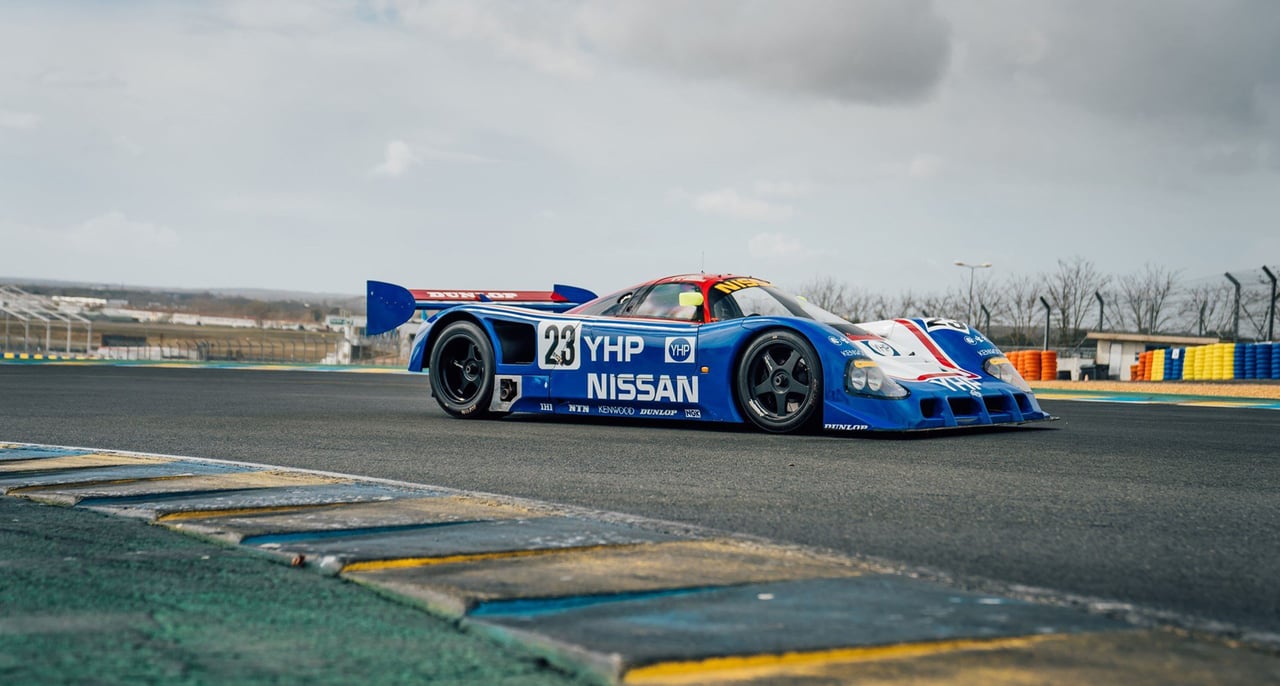
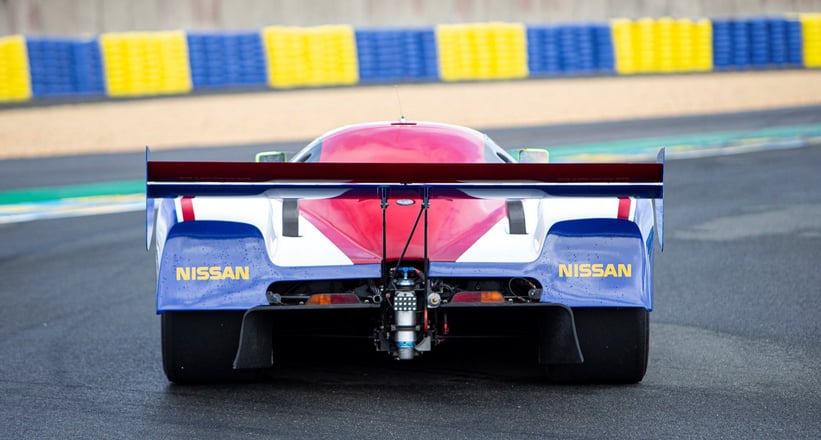

1990 Nissan R90CK / 1m - 1.5m euros
The next time you have a spare six minutes, check out ‘Nissan R90CK 1990 Le Mans Qualifying’ on You Tube. There you will see a masterful display of counter-steering, double-declutching and on-the-limit cornering as Mark Blundell takes the very Nissan R90CK being offered here for one of the most celebrated pole-setting drives in Le Mans history. The Nissan became the first Japanese car ever to win the top starting spot at the race after the team took advantage of a rule-change that allowed the use of a ‘T-car’(spare) for qualifying. Nissan’s engineers duly turned-up the turbo to max boost on chassis R90C/1, sent Blundell out onto the track – and watched in awe as he blew the doors off 19 Porsche 962s and four Jaguar XJR-12s to take pole by a remarkable six second margin.



1991 Jaguar XJR-12 / 2.5 -3m euros
Winning Le Mans is a truly remarkable feat, but then the pressure is on to do it all over again. Having been the mastermind behind the TWR Silk Cut Jaguar team’s spectacular one-two victory in 1990, Tom Walkinshaw set-out to repeat the achievement with a trio of XJR-12s in 1991, two of which were brand new from the ground up, the third being adapted from a chassis that had retired from the 1990 race with a bust water pump after an honourable 220 laps. The car being sold by RM Sotheby’s is the ‘new build’ assigned to Derek Warwick, John Nielsen and Andy Wallace who, from a starting position of 24th on the grid, crossed the line 24 hours later in fourth place overall.


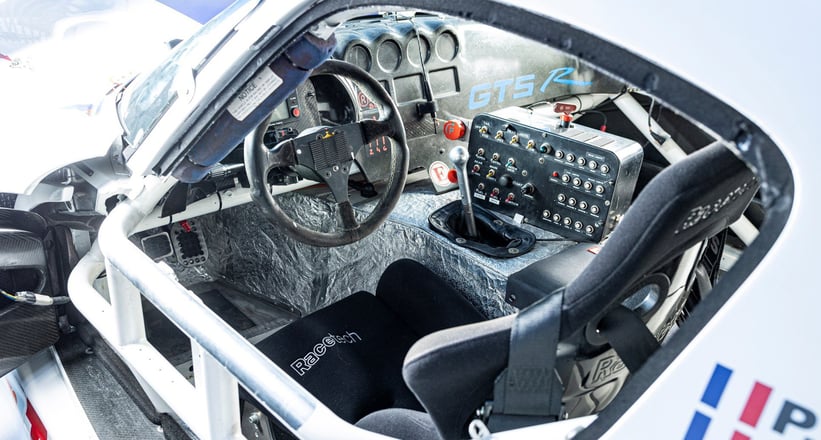
1996 Chrysler Viper / 600,000 – 700,000 euros
Chrysler Vipers may not have been the fastest cars ever entered for Le Mans, but not many GT2 competitors could match them for the thunderous roar of their mighty 8.3-litre V10 engines breathing through open side pipes. This beast was warmed-up at the 1997 Rolex 24 at Daytona, where it finished 15th, before moving on to Le Mans where Justin Bell, John Morton and Pierre Yver shared the driving. Despite qualifying in 38th spot, the trio took the Viper to an impressive 14th place – making it the only Chrysler works entry to stay the course that year.


































